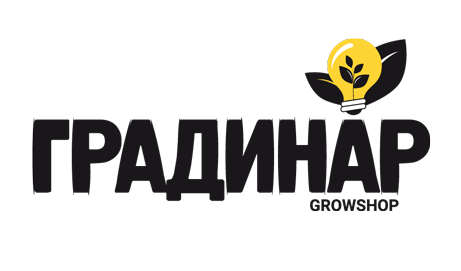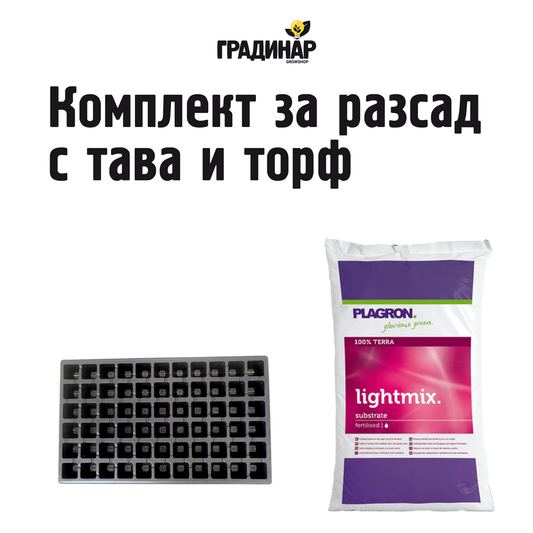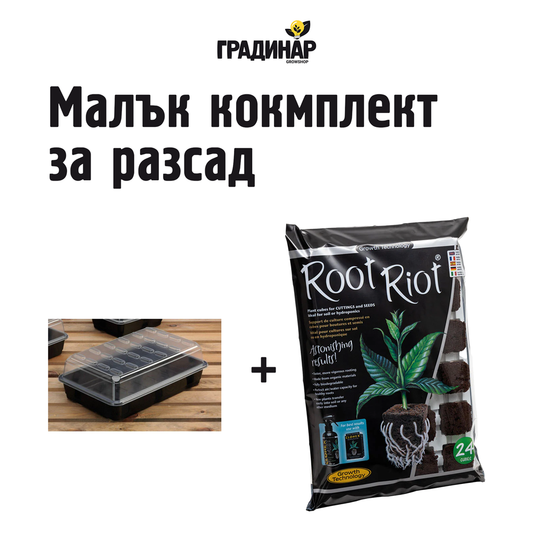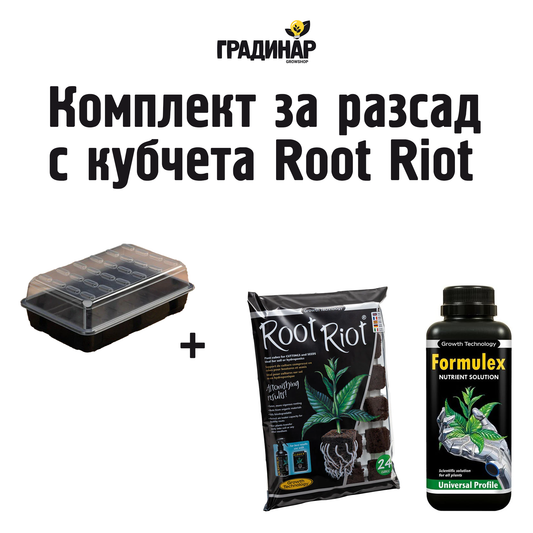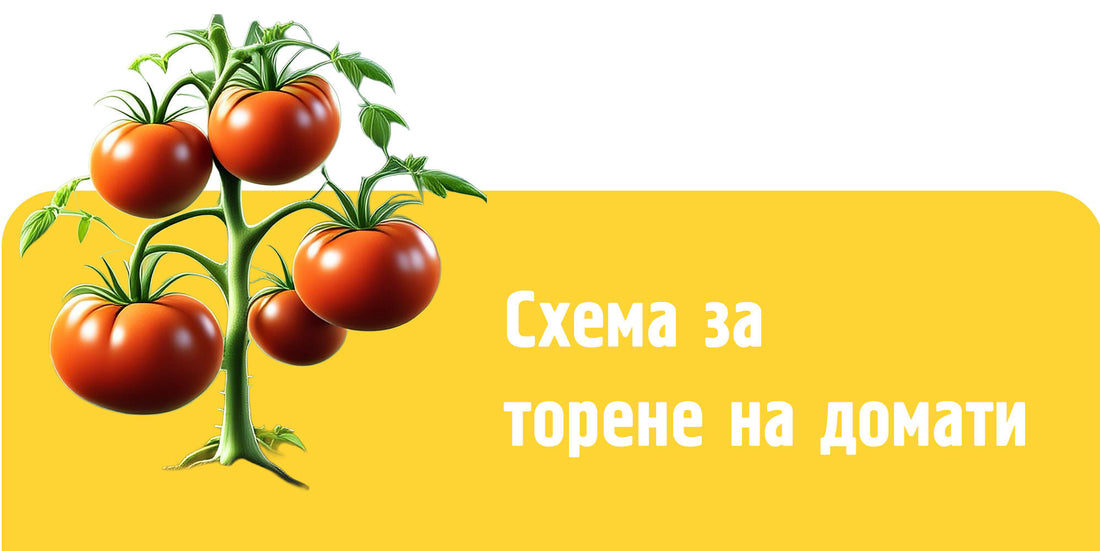
Tomato fertilization scheme
Tomatoes are undoubtedly one of the most popular vegetables grown in both home gardens and commercial farms. To achieve maximum yield with excellent quality and taste, the key factor is the correct tomato fertilization schedule . In this article, we will look at a complete tomato soil nutrition program based on the most effective and proven products on the market.
Why the right tomato fertilization schedule is important
Fertilizing tomatoes is not a universal process — different stages of plant development require different macro- and micronutrients. A well-structured fertilization scheme results in:
- Stronger root system and faster growth
- Disease and pest resistance
- Larger and tastier fruits
- Longer fruiting period
Development stages and nutritional needs of the tomato
- Seedlings (0-3 weeks)
- Growth (vegetative phase)
- Flowering phase
- Fruiting and ripening
When reading fertilizer schedules, it is important to know the following.
We offer you three options for organic fertilizers and two options for bio-mineral fertilizers. To apply organic fertilizers, you only need a container for mixing the fertilizer, but when using bio-mineral fertilizers, it is important to monitor pH and EC.
Tomato fertilization scheme with Organic Tomato Focus by Growth Technology
Tomato Focus is a product developed specifically for tomatoes to achieve incredible harvests.
- You can fertilize with Tomato Focus from day one after planting the plant.
- In the growth phase (up to the 6th week), water once or twice a week with a solution of 5 ml of fertilizer to 1 liter of water.
- In the flowering phase, until harvest, use a solution of 10 ml of fertilizer to 1 liter of water.
- Contact us to create an individual tomato fertilization schedule based on your specific needs.
-> See Organic Tomato Focus from Growth Technology
Tomato fertilization schedule with Alga Grow + Alga Bloom from Plagron
The Alga series is one of the best choices you can make for your plants. It is a more expensive option that is based on organic algae and is formed from two components: Alga Grow for the growth phase and Alga Bloom for the flowering phase.
In the following tomato fertilization chart, you can see how the products are used at each stage of your plants' growth.

We'll also spend some time on the supporting products. While Grow and Bloom take care of the main nutrition of your tomatoes, the other products in the scheme contribute to explosive results:
- Power Roots promotes rapid root growth, which is usually a limiting factor for later growth. You can also increase root capacity by using mycorrhizae - symbiotic fungi, which we have prepared a whole blog post about.
- Green Sensation - is a legendary product that is given during the flowering phase and ensures that the fruits are large and fragrant.
- Sugar Royal creates a sense of desiccation in the plant, which causes it to focus its resources on fruit.
- Pure Zym - are enzymes that accelerate the decomposition of organic matter in the soil and thus provide additional nutrients. Remember that organic fertilizers must be processed by life in the soil to become available to the plant.
-> See Alga Grow and Alga Bloom
Tomato fertilization schedule with Terra Grow + Terra Bloom from Plagron

Unlike the Alga series, which is completely organic, Terra is a bio-mineral fertilizer that delivers nutrients to plants immediately (the fertilizer does not need to be processed by the soil).
-> To Terra Grow and Terra Bloom
The remaining products of the tomato fertilization scheme are mentioned in the previous section.
🍅 For the highest quality and sweetness of tomatoes, finish the last 7-10 days with just water or an enzyme product (Pure Zym).
Tomato fertilization scheme with VGN from Atami
VGN is a series of organic fertilizers that are completely vegan (do not contain elements of animal origin). Below you will see a fertilization scheme from Atami.

Tomato fertilization scheme with B'Cuzz from Atami
B'cuzz is the equivalent of the Terra series we already reviewed - a bio-mineral fertilizer that delivers nutrients immediately.
 About Atami supporting products:
About Atami supporting products:
- Bloombastic and Rokzbastic are bloom boosters that are also extremely popular. If you are not a perfectionist, you can use Bloombastic alone. However, none of the boosters on this list are mandatory for good results. Use them if you want to get the most out of your plants.
- Calmag supplies additional micronutrients to plants to maintain balanced growth. You can see more in our article on Macro and Micronutrients.
- Rootbastic provides a healthy and lush root system. We do not support it, but you can replace it withRootFast or Power Roots
Substrate selection
All of the suggestions we have given are for the traditional way of growing tomatoes - in soil. You will notice that the tomato fertilization schedules are tailored to the soil you are using, as some of the soils you can buy are more heavily fertilized than others.
If you want to grow your tomatoes in a coco or hydroponic system, we will offer you other fertilization schemes.
Additional tips for successful tomato fertilization
-
Watering: Maintain moderate moisture and do not overwater. Tomatoes like to have a period when their roots are dry. Water early in the morning.
-
EC and pH measurement: Maintain pH between 6.0–6.5 for optimal nutrient absorption.
-
Foliage inspection: If leaves are turning yellow or curling, this may be a sign of a deficiency or excess of a particular element.
Frequently Asked Questions (FAQ)
How often should I fertilize tomatoes?
Check out the fertilizer schedules. Some fertilizers are used with every watering, while others are used once or twice a week.
Can I combine organic and mineral fertilizers?
Yes, but with attention to the EC value and frequency.
How do I protect tomatoes from aphids and mildew?
Regular foliar spraying with SB Plant Invigorator and good ventilation. Check out our blog for more information on disease prevention and pest control.
